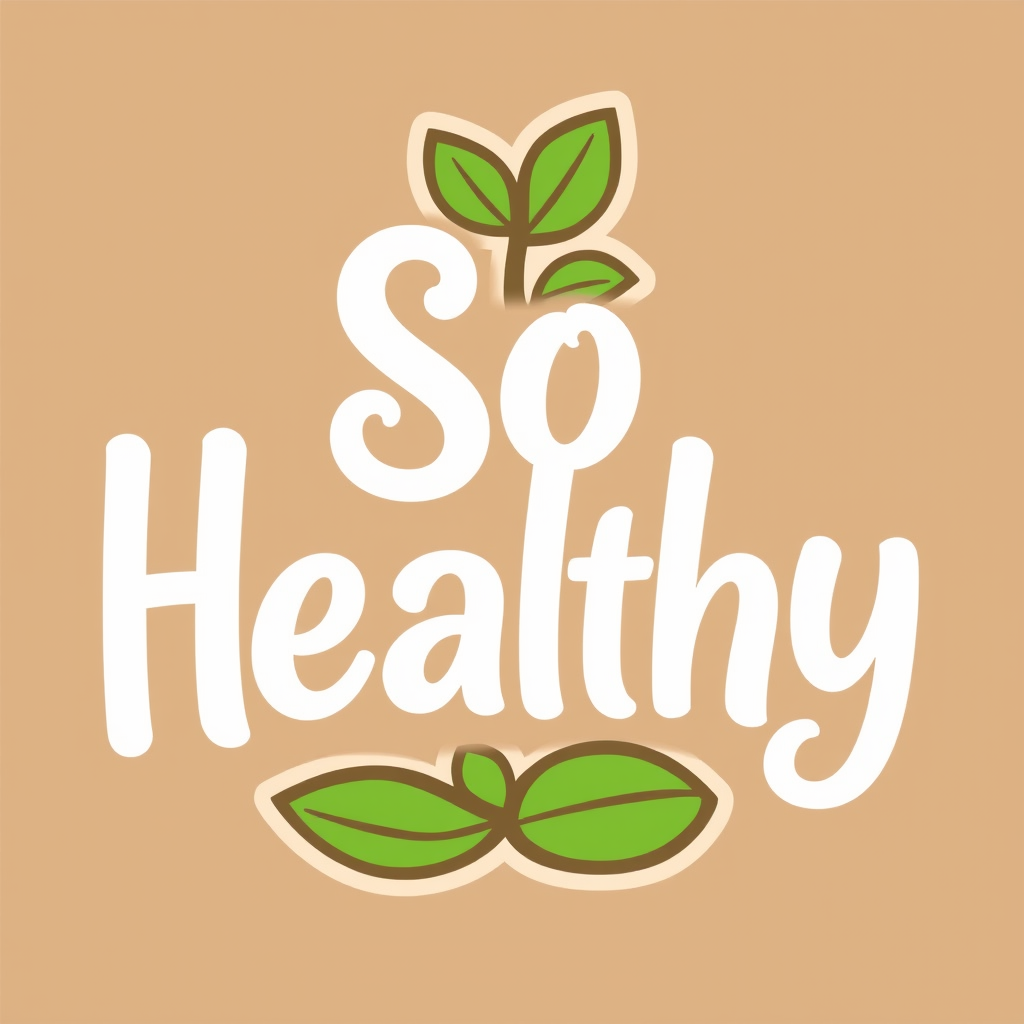INTRODUCTION :
1. Microbiological Risks Pathogenic bacteria: such as Salmonella, Escherichia coli (E. coli), Listeria monocytogenes, and Campylobacter which can cause food poisoning. Viruses: such as norovirus and hepatitis A, often found in seafood, raw foods, or improperly handled. Parasites: such as Toxoplasma gondii or worms such as trichinae, which may be present in undercooked meat.
2. Chemical Risks
Pesticide and herbicide residues: present on fruits, vegetables, and cereals.
Industrial contaminants: such as heavy metals (lead, mercury), dioxins, or PCBs (polychlorinated biphenyls).
Food additives: used for preservation or coloring, which can be harmful in the event of abuse or intolerance.
Mycotoxins: toxins produced by mold, such as aflatoxin found in peanuts or poorly stored cereals.
3. Physical Risks Foreign objects: such as pieces of glass, metal, plastic or other unwanted objects found in food due to mishandling or failure of production equipment.
4. Allergic Risks Presence of undeclared food allergens such as peanuts, soy, milk, eggs, seafood, and gluten. Even small traces can cause severe allergic reactions in sensitive people.
5. Nutritional Risks Nutritional imbalances: such as overconsumption of salt, sugar or saturated fats, which can lead to chronic diseases such as obesity, diabetes, or cardiovascular disease. Deficiencies: of essential vitamins and minerals, often due to a nutrient-poor diet
6. Biotechnological Risks GMOs (Genetically Modified Organisms): although often considered safe, some fear unknown effects on long-term health. Nanotechnologies: used to improve the texture or shelf life of foods, but with potential risks still poorly understood.
CONCLUSION:
These risks require continued vigilance and strict regulation to ensure food safety, protect public health and ensure consumer confidence in food products.


Leave a Reply